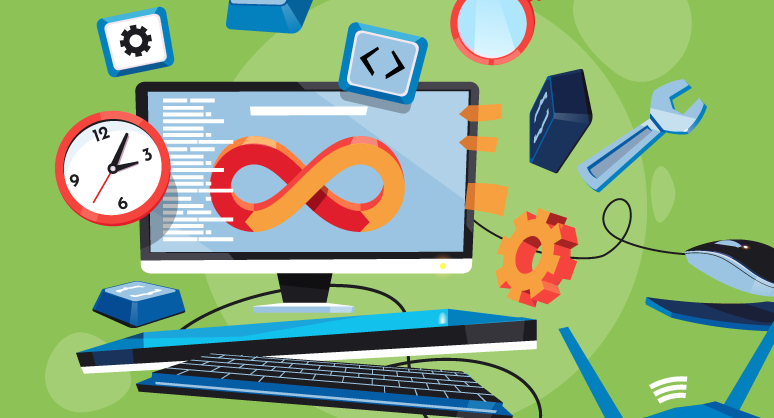What is Software integration.
Software integration is the process of joining several kinds of software sub-systems to form a single, cohesive system. Software integration may be necessary for a variety of reasons, including:
- Converting an outdated database system to a new one that supports cloud-based data storage.
- Constructing a data warehouse in which data must be transferred via an ETL procedure from its production system to the data storage system
- Connecting diverse systems, such as databases and file-based systems.
- Integrating several standalone systems to make it simpler to reproduce operations and obtain consistent results.
What different kinds of software are integrated?
Software integration takes place between two distinct software programs. By automatically updating data in the connected apps, integrating applications share information, saving you time and minimizing errors.
Some typical methods for integrating software applications are listed below:
- Application programming interface (API): integration has taken over as the de facto method for linking computer programs, including apps, websites, and databases. Computer applications can access and exchange one other’s features and data by using a set of standard programming languages, or APIs.
- Integration Platform-as-a-Service (iPaaS): Software-as-a-Service (SaaS) and on-premises applications can be integrated using integration platform-as-a-service (iPaaS) platforms, which are cloud-based integration service platforms.
- Enterprise bus service (EBS): EBS is a set of technologies that sit in the middle of two or more applications and enable data interchange. To integrate internal enterprise systems, large businesses often deploy EBS solutions in a service-oriented architecture (SOA)*.
What are some illustrations of software integration?
By connecting your new or old tools, software integrations make it simple for them to share information and functionality.
Take project management (PM) tools, for example. With the help of these tools, you can schedule project timeframes, allocate tasks to team members, and monitor their completion.
Your teams will likely also utilize a variety of other tools, including email software, file-sharing platforms, and chat programs, to handle projects effectively.
Your staff may work more quickly and effectively by integrating your PM solution with these platforms. For instance, integration with email software can enable staff to immediately convert emails into tasks.
Additional examples of software integration are provided below:
- Integration of social media: This integration can take place through a Twitter or Facebook API that instantly updates your accounts whenever you post new content to your website or blog.
- CRM integration: This might happen between your email marketing program and your CRM application. This makes it simple to build and start email campaigns directly from your CRM software, or, on the other hand, receive email notifications for any alterations to client information in the CRM. Find out more about CRM integration and the industry’s top integration leaders.
- IT service management (ITSM) integration: Integration of IT service management (ITSM) is a difficult procedure that joins a wide range of technologies. By integrating these tools, it is possible to automate the recording and reporting of service requests from both internal and external users. Examples of these products include ticketing software, IT asset management software, and license management solutions.
Advantages of software integrations.
- The need for software solutions increases as a firm expands. Businesses must make sure that several systems function together in addition to purchasing software.
- The seamless sharing of informatio between various systems depends on software integrations. This lessens the possibility of staff errors while manually entering data into numerous disconnected systems.
- Software integration connects systems, saving businesses time by allowing them to view all of their processes from a single system. For instance, selecting an HR system that interfaces with your accounting solution can enable you to perform payroll calculations more quickly and accurately if you’re thinking about buying a new HR system, such as absence and leave management software.
Why is software integration necessary.
Software integration is required in numerous situations; the essential elements are as follows:
- Bringing together various systems
When an organization is required to demonstrate a specific functionality of a business need, it may be necessary to integrate several dissimilar system functionalities to meet that need.
- Adapting Old-School Applications to New-School Systems
In the process of going digital, the majority of businesses look for ways to upgrade their legacy systems, either by completely overhauling them or by fusing them with more recent software. If complete transformation or migration is your preference, software integration technologies offer easy and secure migration procedures.
- Multi-Functionality is necessary.
Consider the scenario of the HR automation process to better comprehend the requirement for software integration. As an illustration, suppose our company purchased an HR management system that is based on Service Now for HR operations.
We have a biometric attendance system for employees that were created in Java. Employee attendance is necessary for the payroll module of the HR system.
The attendance system must therefore communicate with the HR system if we want the entire system to be automated. Integration is necessary because of this.

